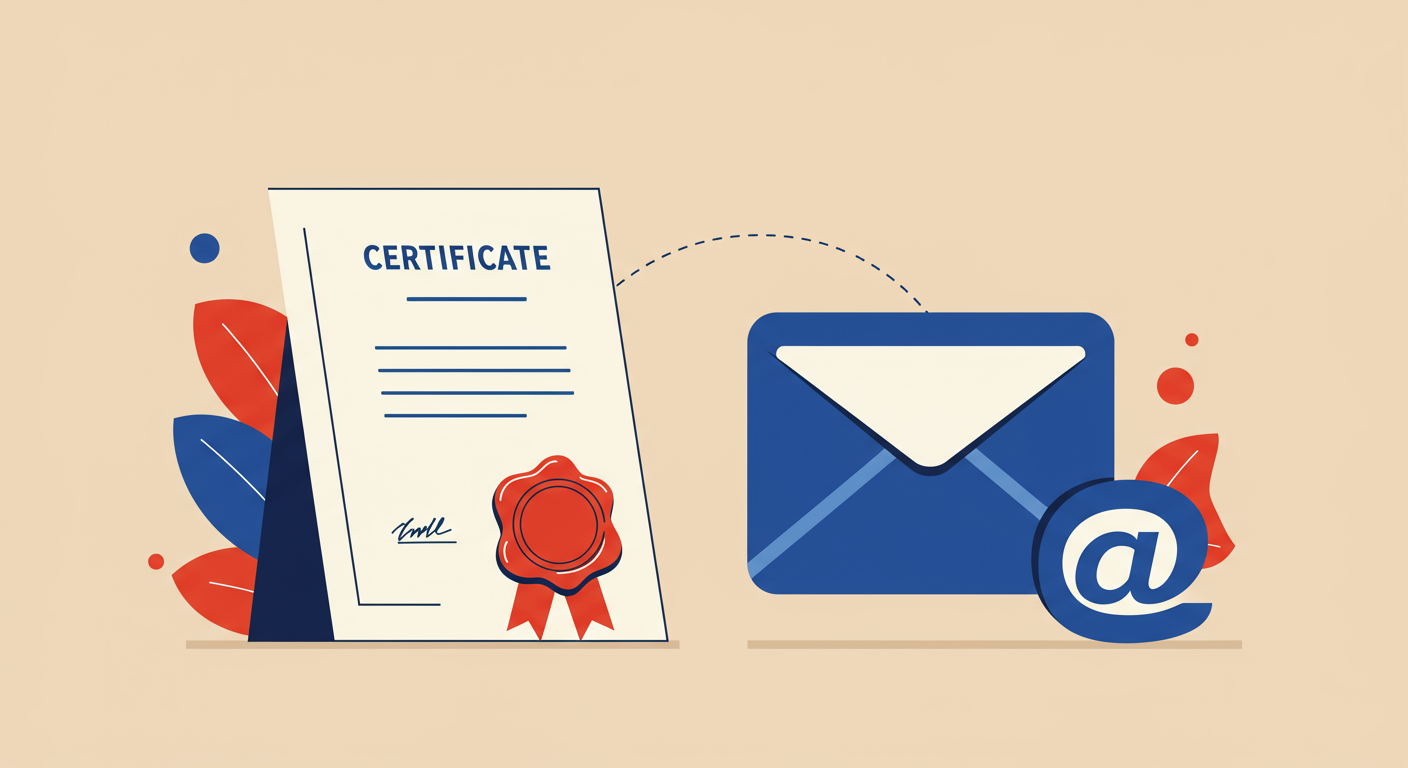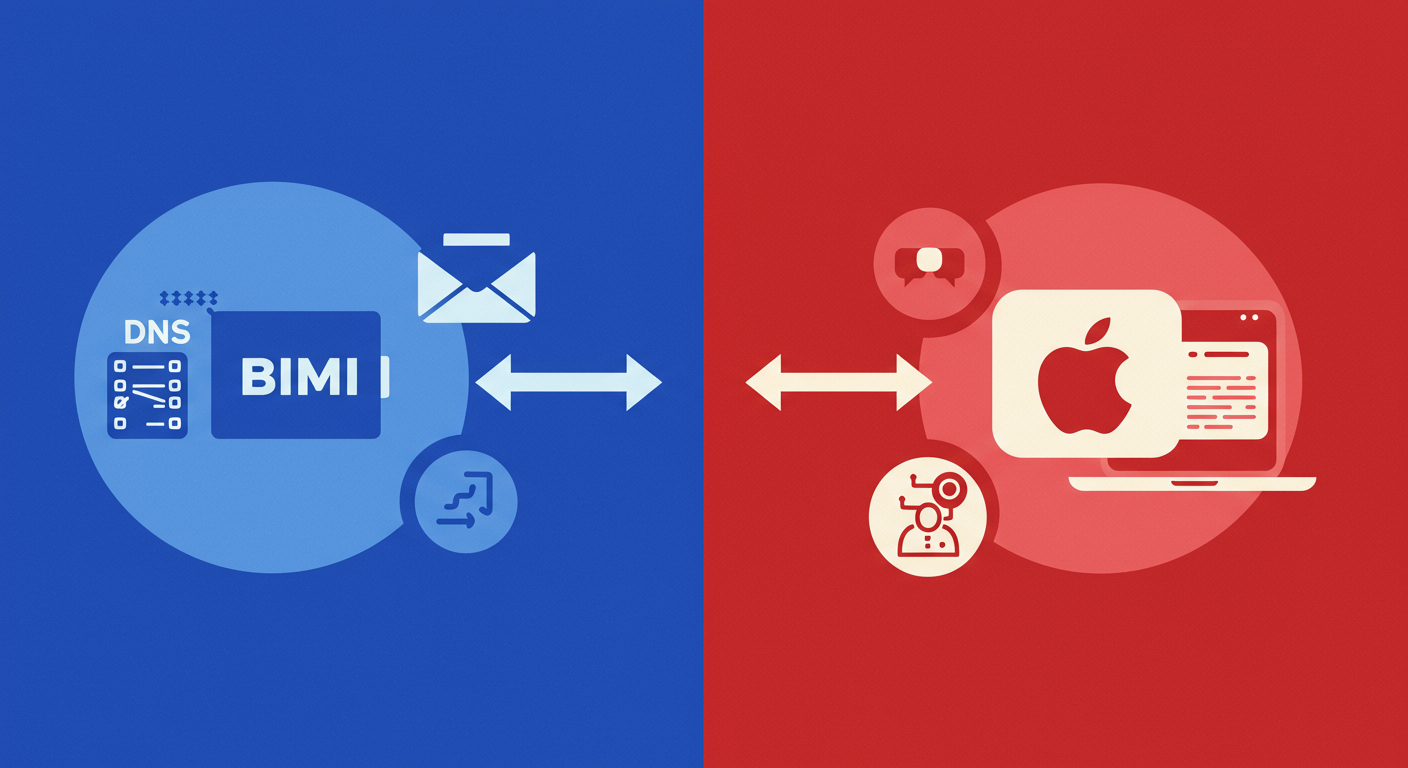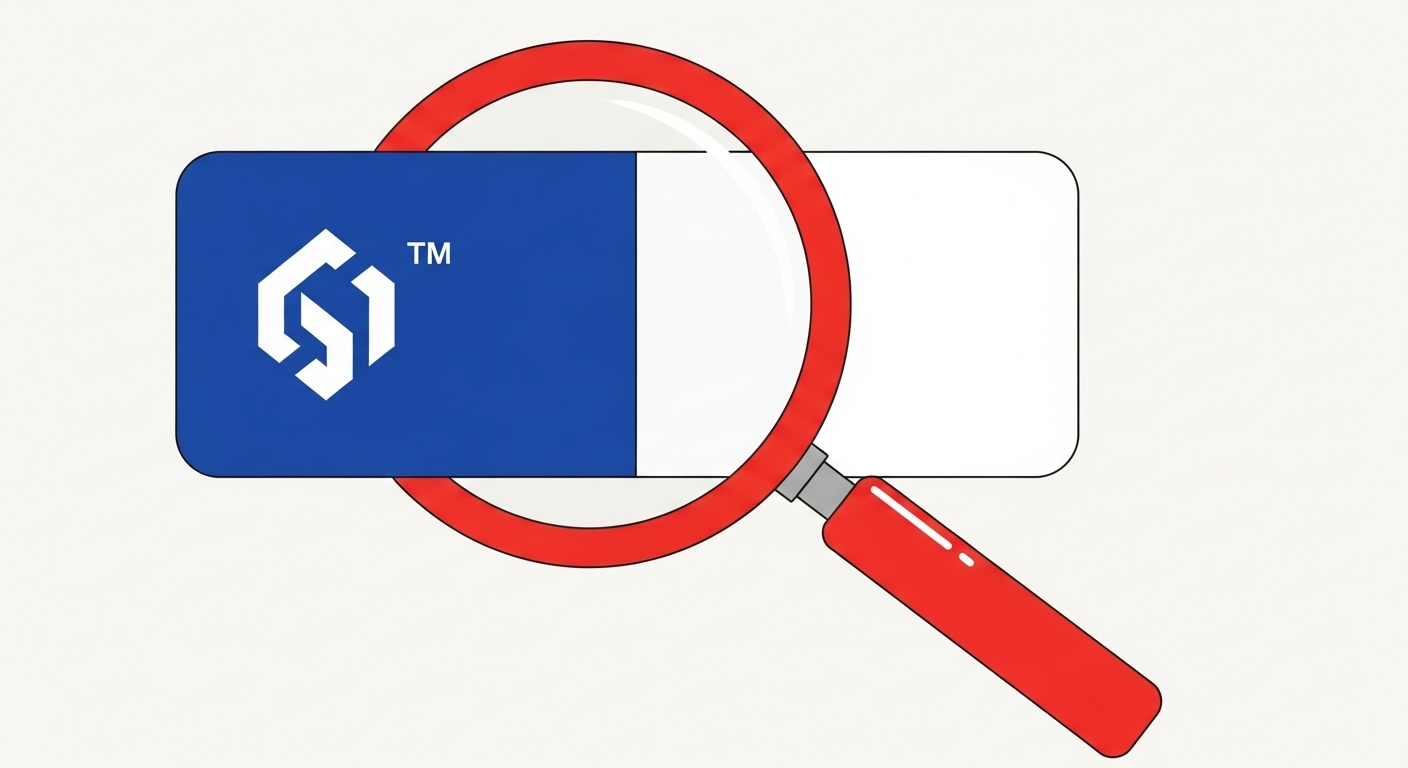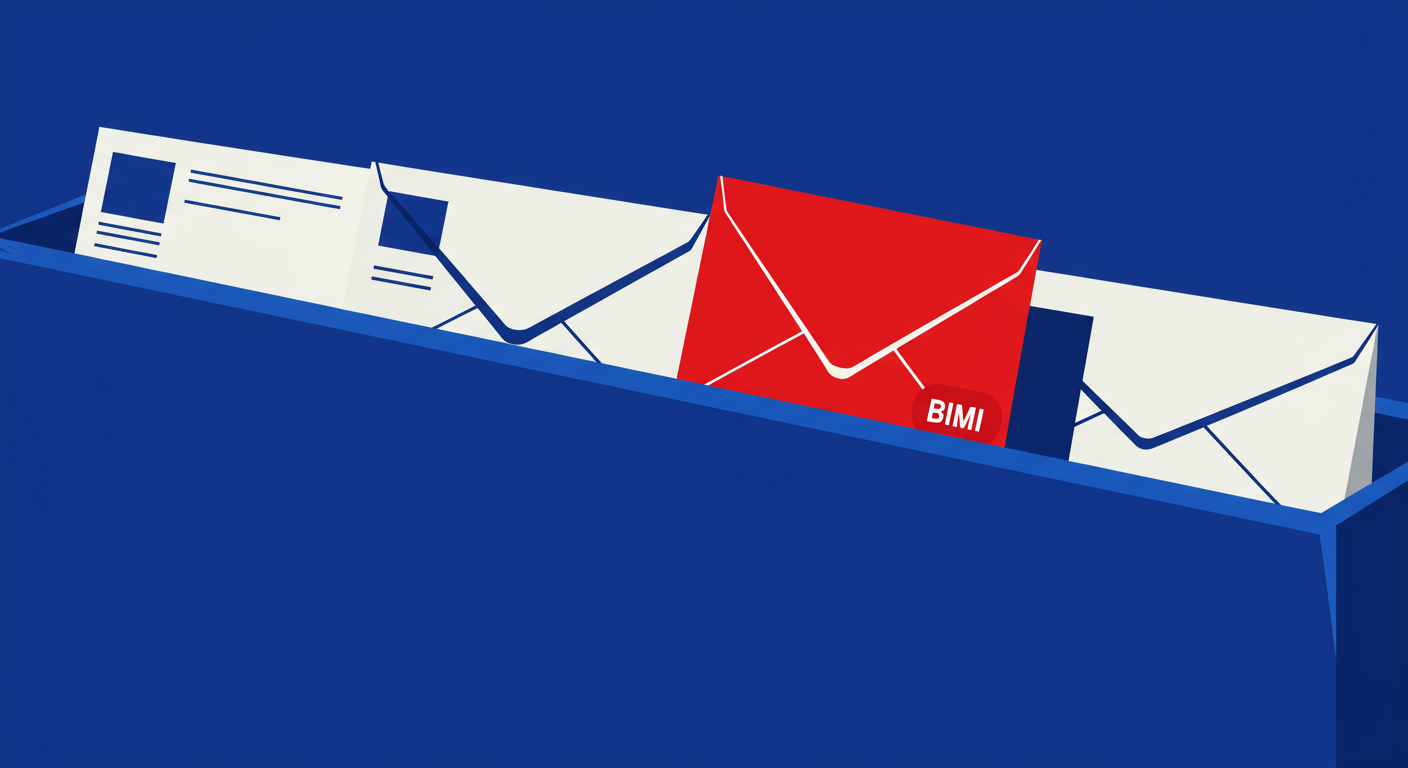
In the world of email, trust is everything. For years, we've relied on technical standards like SPF, DKIM, and DMARC to prove our messages are legitimate. But what if we could add a visual layer of trust, something instantly recognizable to our recipients? That's exactly what BIMI, or Brand Indicators for Message Identification, aims to do. It allows brands to display their official logo right next to the subject line in the inbox, offering a clear, visual confirmation of authenticity. BIMI isn't just about pretty logos; it's the culmination of a robust email authentication strategy. To use it, you must have a strict DMARC policy in place, signaling to the world that you're serious about protecting your brand and your customers from phishing and spoofing. This connection between visual identity and technical security is what makes BIMI so powerful. But the big question for any brand considering the investment is: who actually supports it?
The journey for BIMI from a niche concept to a widely adopted standard was driven by several key players in the email ecosystem. Early on, providers like Yahoo and Verizon Media were instrumental in running pilot programs that tested its feasibility. Their participation demonstrated that displaying logos based on DMARC authentication was not only possible but beneficial for creating a more trustworthy inbox experience for everyone.

Alongside the larger providers, companies like Fastmail also joined the movement early on. Their support, and that of other international providers like La Poste in France, helped build the critical mass needed to establish BIMI as a global standard. This early and diverse group of adopters paved the way for the broader support we see today, turning a great idea into a practical reality for email marketers.
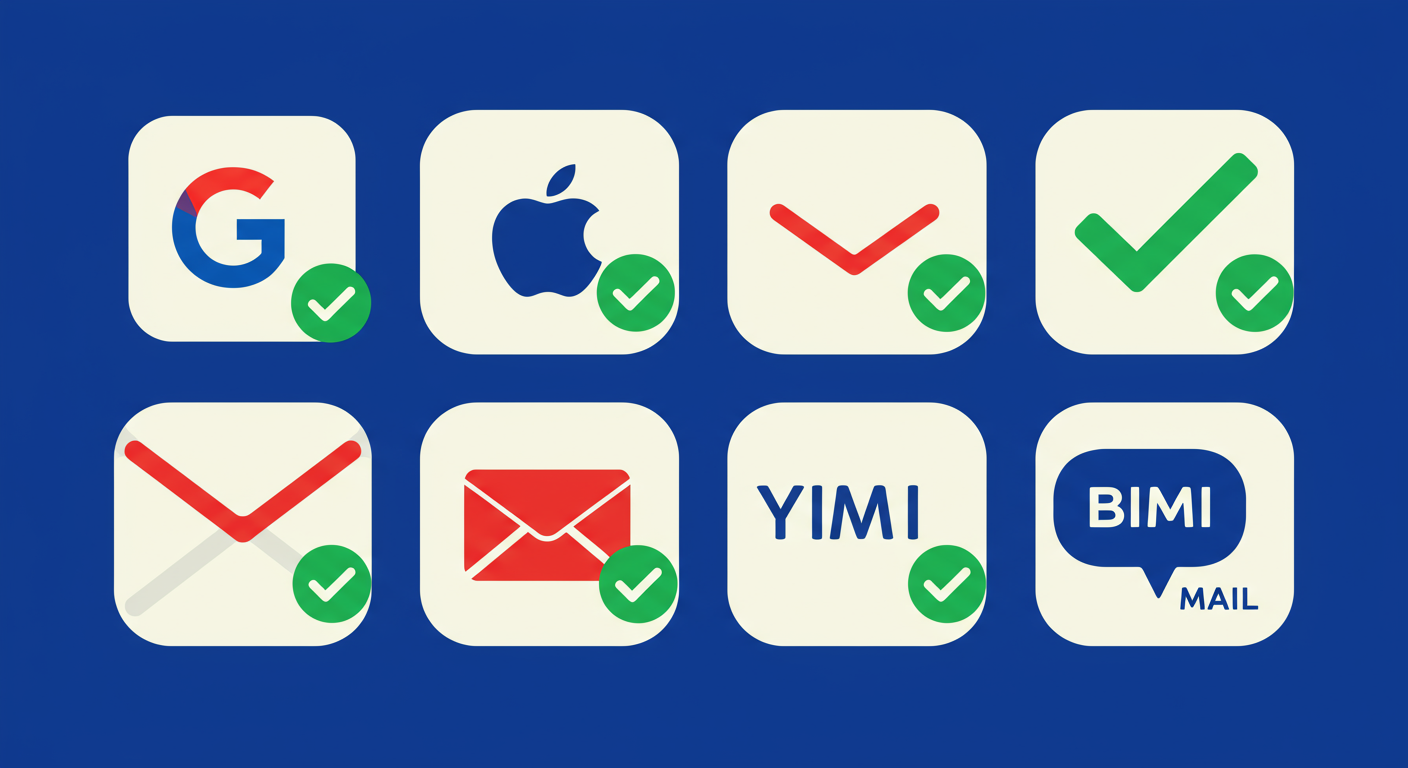
Fast forward to today, and the list of mailbox providers that support BIMI has grown considerably. It's no longer a feature for just a handful of early adopters. The most significant development in recent years was Apple's decision to support BIMI across its mail clients on iOS, macOS, and iCloud. This brought another huge segment of the email audience into the fold and solidified BIMI's position as a critical component of a modern email program.
With so many providers now on board, it can be helpful to see a clear breakdown of who supports what. The table below outlines the current BIMI support status for major email clients, including the crucial detail of whether they require a VMC to display your logo.
As you can see, the list of supporters is strong. The general trend is that for major, global mailbox providers like Gmail and Apple, a VMC is non-negotiable. For other providers, while a VMC is often recommended as a best practice, it may not be a strict requirement to get your logo to display. This creates a tiered system where you can achieve some BIMI coverage without a VMC, but getting one unlocks the full potential across the most popular inboxes.
Achieving that coveted logo in the inbox involves more than just uploading a picture. BIMI is built on a foundation of strict email authentication, which is why it's such a reliable indicator of trust. Before you can even think about your logo, you must have your technical house in order. The entire system is designed to reward senders who have already committed to best practices in domain security.
The most critical prerequisite is DMARC enforcement. A policy of p=quarantine or p=reject tells mailbox providers that you have done the work to identify all your legitimate sending sources and are confident in instructing them to flag or block any mail that fails authentication. This is the ultimate proof that you control your domain's email sending, and it's the foundation upon which BIMI's trust model is built.
Beyond DMARC, you have the practical requirements of the logo itself. It must be in a very specific vector format (SVG Tiny Portable/Secure) to ensure it renders correctly and securely. The biggest hurdle for many, however, is the VMC. This process requires you to have a trademarked logo and then go through a verification process with a Certificate Authority. While it adds a layer of effort and cost, it's what provides the rock-solid verification that major providers like Apple demand.
While BIMI adoption is widespread, there is one glaring exception: Microsoft. To date, Microsoft does not support BIMI in any of its email products, including Outlook.com, Hotmail, or the Microsoft 365 suite. This represents a significant portion of the email market, particularly in the B2B space where Microsoft's dominance is strongest.
The reasons for Microsoft's decision aren't public, but we can speculate. It's possible they have different priorities for their email platform's development, or perhaps they have security concerns with the current BIMI standard. Some in the industry believe Microsoft may be developing its own proprietary system for brand identification. Whatever the reason, their lack of participation is a key factor to consider when evaluating whether to implement BIMI for your own brand.
So, what does this mean for senders? If a large percentage of your audience uses Outlook, you simply won't see the visual benefits of your BIMI implementation for those recipients. It's a frustrating reality. However, it's crucial to remember that the work you do to become BIMI-ready, especially achieving DMARC enforcement, provides immense security and deliverability benefits across all mailbox providers. Even if your logo doesn't show up in Outlook, a properly authenticated email is far more likely to land in the inbox.

In conclusion, the landscape of BIMI support is strong and continues to grow. With major players like Google, Apple, and Yahoo on board, millions of users can now see verified brand logos in their inboxes. This visual cue enhances brand recognition, increases trust, and can even improve open rates. The path to implementation requires a serious commitment to email authentication, but the payoff is a more secure and engaging experience for your subscribers.
While the lack of support from Microsoft is a notable gap, it shouldn't deter you from pursuing a strong authentication strategy. The process of setting up SPF, DKIM, and DMARC enforcement is the most important step you can take to protect your domain's reputation and improve your overall deliverability. Think of BIMI as the bonus, a visual reward for doing the essential work of securing your email channel. The journey itself is just as valuable as the destination.
